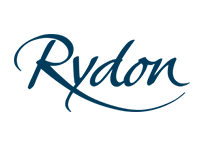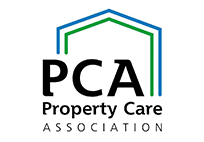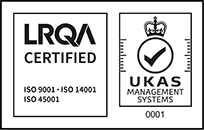Call us free on 0808 168 9540

As expert odour assessment consultants, Phlorum are experienced in providing the full range of odour consultancy services across Sussex, London, Surrey and Kent. This includes the presentation of expert evidence at Public Inquiries.








An odour assessment survey is a means by which the character, concentration and contextual effects of an odour or mixture of odours, are measured and evaluated.
Air quality assessments of the potential for an odour to be considered offensive are necessary for a variety of reasons related to development planning and the operation of some industrial processes.
Improvements to the environmental permitting process mean that the requirement for smelly industries to prevent their odours from spreading offsite has allowed land close to them to be opened up for odour-sensitive types of development, such as residential housing.
Further difficulties in monitoring odours are that there are wide variations in people’s sensitivities and perceptions of different odours. Most odours are made up of a complex mixture of different compounds.
Additionally, the concentrations at which some odours are detected are very low and the periods over which they can be experienced as offensive can occur intermittently over just a few seconds, making collecting samples and analysing them very difficult.
The human nose is often the best monitoring equipment for determining an odour’s strength, character and offensiveness. This can be via an individual assessor in the field, a panel of “calibrated” assessors, or a laboratory environment with a field sample using an item of equipment called an olfactometer.
For the same reasons that monitoring odours can be difficult, accurately predicting odour concentrations from a proposed source, such as a new restaurant or sewage treatment plant, can also be very difficult. However, computer dispersion models and other assessment techniques are recognised by regulators to provide useful information for determining planning applications and the granting of environmental permits.
There can be various reasons why an odour assessment might be needed.
In regulatory terms, many industrial processes require their environmental permit to consider and potentially mitigate odorous emissions. As such, it can be a requirement for any odour complaints to be investigated to determine whether or not any enforcement action might be necessary. This could then lead to an improvement notice to prevent the emissions from causing further nuisance complaints in the future.
Action to prevent odours from occurring can also be directed against restaurants and other odorous commercial uses such as nail painting bars. These are particularly an issue in dense urban areas where people live in close proximity to such businesses.
Another common reason for needing an odour assessment is to determine the extent of odour that might emanate from a smelly process and how close to it sensitive development might be allowed. This is particularly relevant to the siting of new residential developments on land close to sewage treatment works.
Environmental permitting and planning requirements are usually clear on whether a survey and assessment of odours might be necessary. Odour assessment can be required for many situations where offensive odours might cause a nuisance.
If a Statutory Nuisance is caused, then a notice can be served on the offender to stop activities causing the nuisance and/or for improvement works to be undertaken to prevent further nuisance occurring in the future.
Phlorum is routinely appointed to provide odour monitoring and assessments for proposed facilities and to determine or refute nuisance complaints from existing processes.
Generally, these processes do not produce significant odours. However, some processes can be highly offensive, such as tankering of stored blood and handling some wastes (scorched hair and black gut contents and lairage mucking out).
Certain activities associated with animal waste can be particularly odorous. Uncovered slurry tanks from dairy farms and muck spreading on fields can be sources that are particularly prone to causing nuisance complaints. Pig farming and most intensive husbandry processes require careful planning and mitigation as they can generate very high levels of offensive odours.
Many types of food processing result in odours that, in the right context, could be considered quite pleasant. However, if they are intense and persistent, the odours could quickly become a nuisance to local residents. Some processes emit odours that many consider unpleasant, such as beer brewing and seafood handling.
Similar to food processing, commercial kitchen odours can be quite pleasant, but they can become invasive and irritating if they are a constant annoyance. In urban centres, where residential and commercial kitchen uses are often located on top of one another, nuisance odours from restaurants can be a common problem.
The treatment of sewage and other waste waters is a vital infrastructure service. With demands for development on suitable land and the improvement in technology to treat such waste, proposals to build property closer to treatment works require more and better assessment of odours as part of the planning process.
Many processes use a wide range of highly odorous chemicals such as organic volatile compounds, which can be detected at very low concentrations and can result in elevated nuisance complaints.
The following is a list of odour survey and assessment services offered by Phlorum:
If you are unsure which odour assessment services you require, please don’t hesitate to contact one of our expert air quality consultants, who will gladly offer advice based on your specific needs and circumstances.










